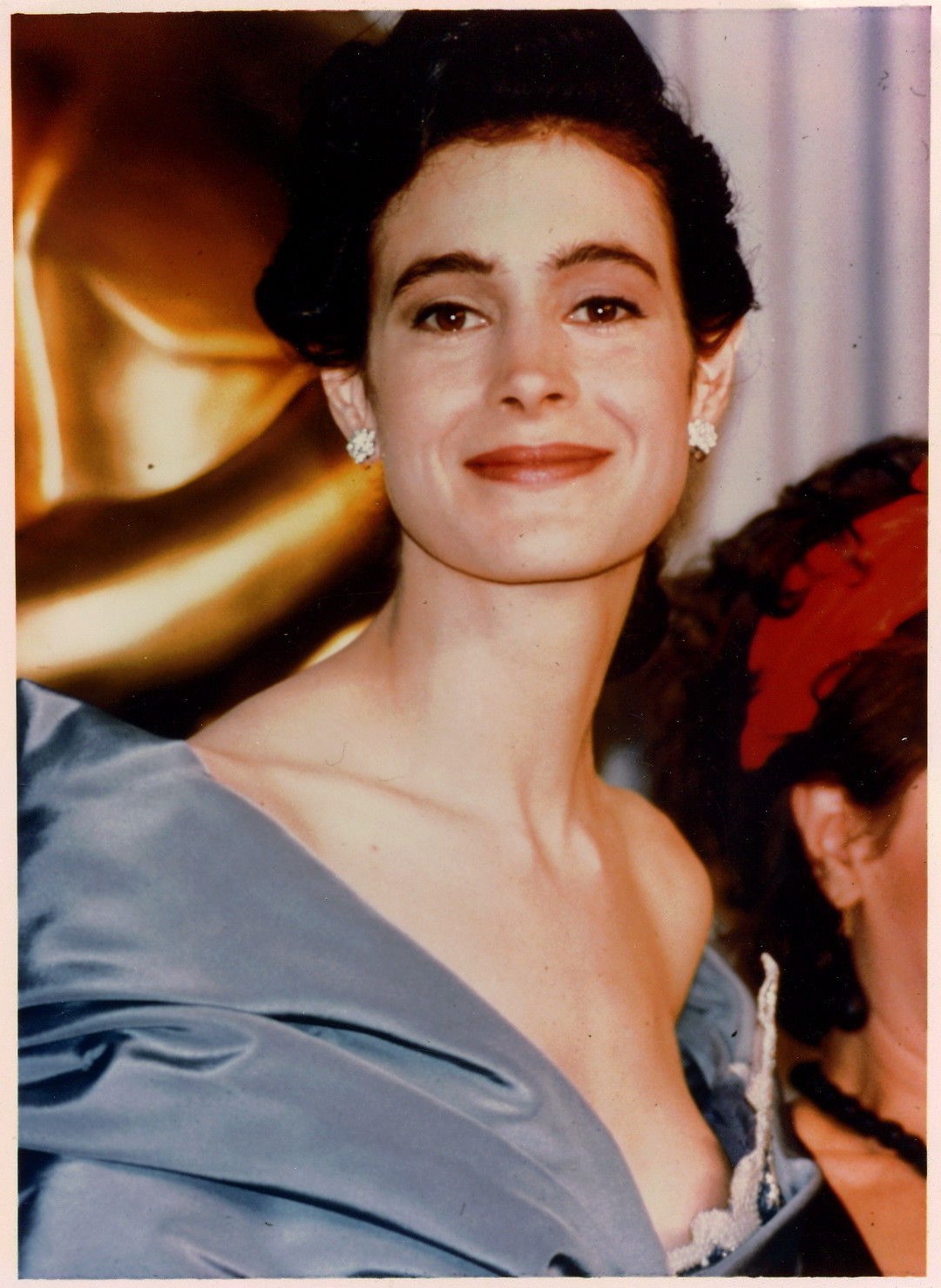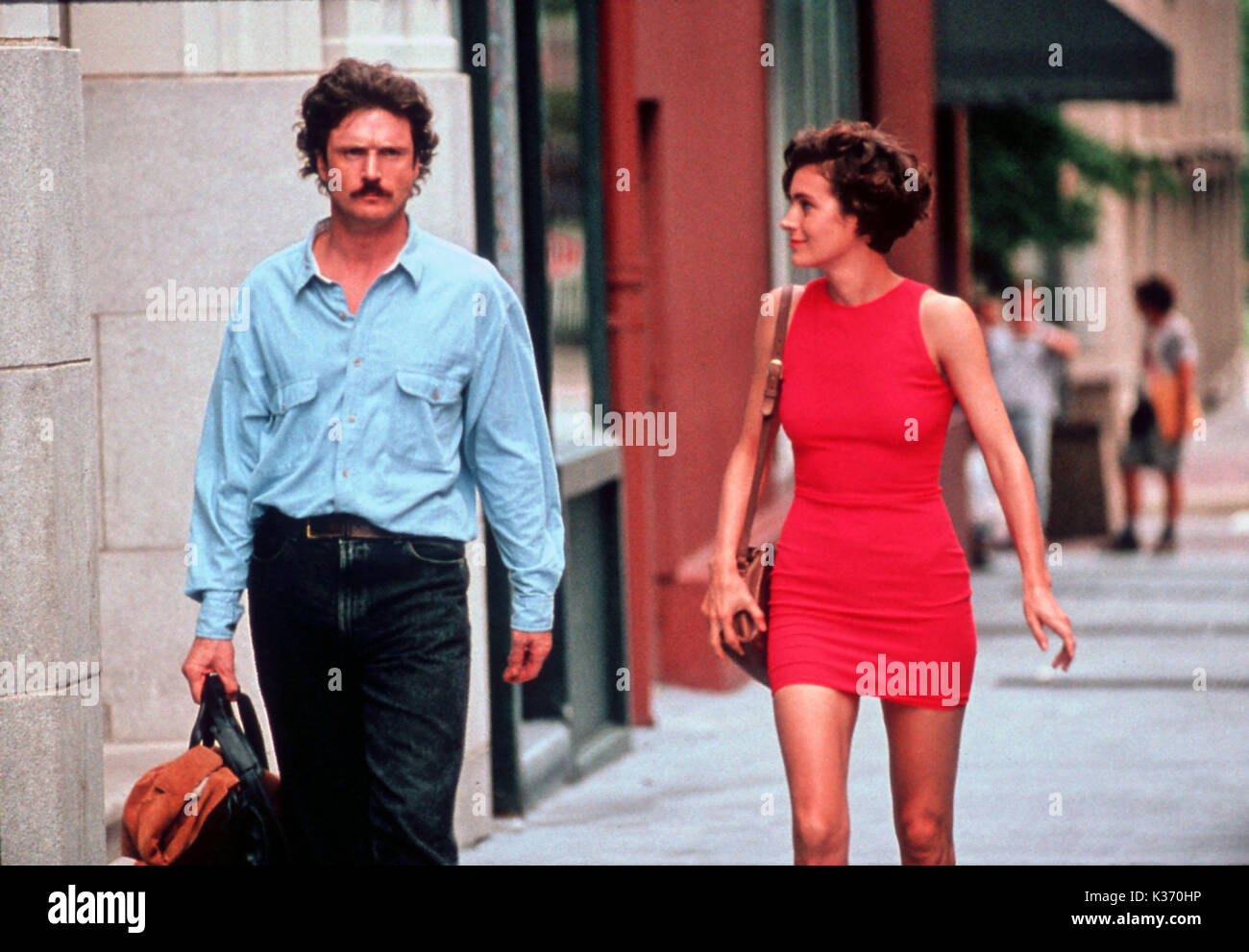In the realm of cinema, the name Sean Young often evokes images of her iconic roles, but her involvement in the industry extends beyond the screen. This article delves into the lesser-known aspect of Sean Young's career, exploring her foray into film production and the unique challenges she faced.
Sean Young: From On-Screen Talent to Behind-the-Camera Creativity

While Sean Young’s name is synonymous with her captivating performances in films like Blade Runner and No Way Out, her journey in the entertainment industry took an intriguing turn when she ventured into film production. Young’s decision to step behind the camera offers a fascinating insight into her multifaceted talents and her unwavering passion for the craft.
The Transition to Film Production
Sean Young’s transition to film production was not a sudden shift but a gradual evolution of her artistic vision. After establishing herself as a prominent actress, Young sought to explore new avenues in the film industry. Her desire to tell stories from a different perspective led her to take on the role of a producer, a decision that would shape her career in unexpected ways.
Young's first venture into production was with the film Love Crimes, released in 1992. She not only starred in the thriller but also served as one of the producers, showcasing her ability to wear multiple hats in the film industry. This dual role allowed her to influence the creative process from script development to final cut, providing a unique insight into the challenges and rewards of film production.
Challenges and Rewards of Film Production
Producing a film is an intricate and demanding process, and Sean Young’s experience offered a glimpse into the complex world of filmmaking. From securing funding to managing a team of creative professionals, Young navigated the intricate web of film production with determination and skill.
One of the key challenges Young faced was balancing her role as an actress with that of a producer. Juggling the demands of both positions required meticulous planning and a deep understanding of the filmmaking process. Young's ability to manage her dual responsibilities effectively speaks to her dedication and talent.
Despite the challenges, Young's journey as a producer was also rewarding. It allowed her to collaborate with fellow filmmakers, exchange ideas, and contribute to the creative vision of a project from its inception. The opportunity to shape the narrative and bring her artistic vision to life was a fulfilling aspect of her new role.
| Film | Role | Year |
|---|---|---|
| Love Crimes | Producer, Actress | 1992 |
| Evening | Producer | 2007 |
| I'm Not Rappaport | Producer | 2002 |

Impact and Legacy

Sean Young’s decision to explore film production has had a lasting impact on the industry. Her work as a producer contributed to the diverse range of stories and perspectives told on screen. By taking on the role of a producer, Young demonstrated the value of artistically driven projects and the importance of creative control in the filmmaking process.
Young's journey also inspired a new generation of filmmakers, particularly women, to pursue diverse roles in the industry. Her success as both an actress and producer serves as a testament to the potential for artistic growth and the ability to shape one's career path in unique and meaningful ways.
Lessons from Sean Young’s Journey
Sean Young’s transition to film production offers several valuable lessons for aspiring filmmakers and artists alike:
- Diversify Your Skills: Developing a range of skills and talents allows for greater flexibility and creativity in your career.
- Take Creative Control: Stepping into production roles gives artists the opportunity to shape their vision and tell unique stories.
- Collaborate and Learn: Working with fellow filmmakers and industry professionals fosters growth and provides valuable insights into the craft.
- Embrace Challenges: Navigating the complexities of film production can be rewarding and fulfilling, offering a deeper understanding of the art.
Sean Young's journey from on-screen talent to behind-the-camera creativity is a testament to her dedication and passion for the film industry. Her experience as a producer adds a new dimension to her already impressive career, highlighting the diverse paths available to artists who dare to explore beyond their initial roles.
What other films did Sean Young produce?
+Aside from Love Crimes, Sean Young produced the films Evening (2007) and I’m Not Rappaport (2002). These productions allowed her to further explore her passion for storytelling and contribute to the creative process behind the camera.
How did Sean Young’s acting experience influence her work as a producer?
+Sean Young’s extensive acting experience provided her with a unique perspective on storytelling and character development. As a producer, she was able to bring this insight to the creative process, influencing the narrative and performance aspects of the films she produced.
What impact did Sean Young’s work as a producer have on the film industry?
+Sean Young’s work as a producer contributed to the diversity of stories and perspectives in the film industry. Her projects showcased the value of artistically driven productions and the importance of creative control in shaping unique narratives. Her success inspired a new generation of filmmakers to explore diverse roles within the industry.